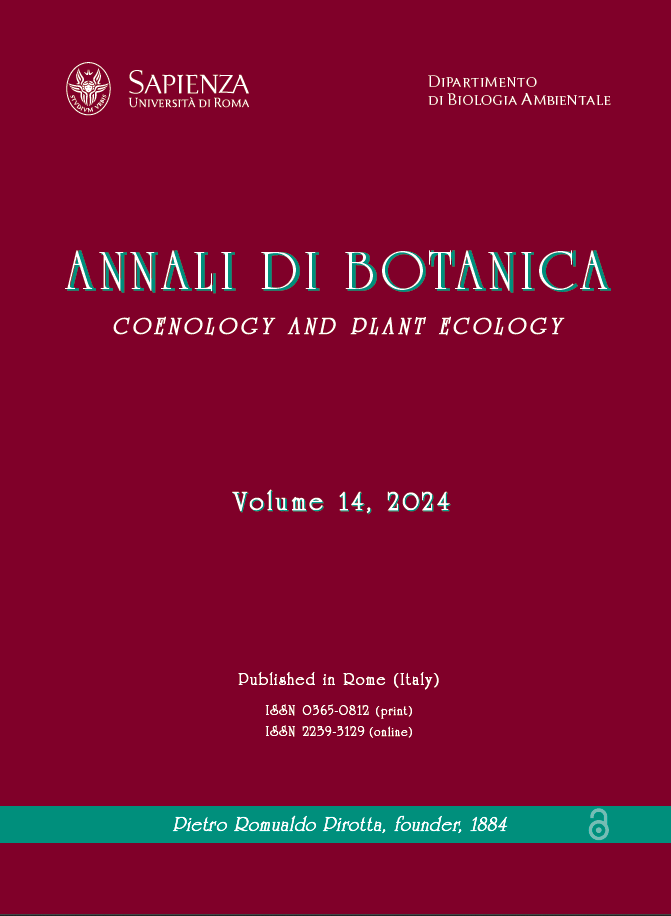Assessment of current status and conservation strategies of some high valued medicinal plants from himalayan regions
DOI:
https://doi.org/10.13133/2239-3129/18343Keywords:
BIODIVERSITY ASSESSMENT, Conservation strategies, medicinal plants; aromatic plants; specific richness; ecological diversity; biodiversity.Abstract
The Indian soil is home to an abundance of medicinally useful plants, which, unfortunately, are being exploited and harvested at an alarming rate. The management of medicinal plant resources is therefore crucial. There are a number of medicinal plants that grow in the Indian Himalayan region that possess excellent medicinal properties. Medicinal plants like Rhododendron sp., Aconitum sp., Bacopa monneri, Glycyrrhiza glabra, Picrorhiza Kurroa and other important medicinal plants mentioned in this review paper are of great importance. To conserve and sustainable future, tissue culture is an advanced biotechnological approach that enables mass plant cultivation. The technology has the potential to meet the growing demand for plant-based medicines. The application of plant tissue culture approaches has resulted in substantial research into medicinal plant biodiversity conservation. In vitro regeneration is an extremely powerful biotechnological tool for propagating medicinal plants and increasing their bioactive compounds. It is also an excellent method for growing plants under threat of being lost to the natural soil. The Himalayan region has high altitudes and extreme climate conditions, which make it ideal for growing medicinal plants. Plants produce secondary metabolites when stressed environmental conditions alter their physiology. These compounds possess medicinal properties, so they are of great interest to researchers. There is a great deal of use for these plants in the healthcare industry. Raw materials from Himalayan medicinal plants are used in both Indian and international pharmaceutical industries. The aim of this review is to provide an overview of the current status and conservation challenges relating to high-valued botanical species in the Indian Himalayan region. To ensure the sustainment of these species for future generations, conservation strategies must take into account their ecological, economic, and cultural dimensions.
Keywords Biodiversity, Conservation, Himalayas, Medicinal plants, Threats, Secondary metabolites
Downloads
Published
How to Cite
Issue
Section
License
Copyright (c) 2024 Mr Munish Sharma, Dr Munish Sharma, Dr Munit Sharma

This work is licensed under a Creative Commons Attribution-NonCommercial-ShareAlike 4.0 International License.
The copyright for articles in this journal are retained by the author(s), with first publication rights granted to the journal, articles are free to use with proper attribution in educational and other non-commercial setting.

